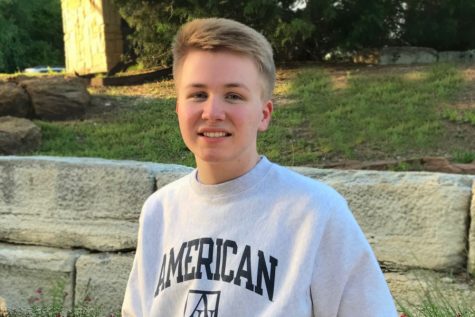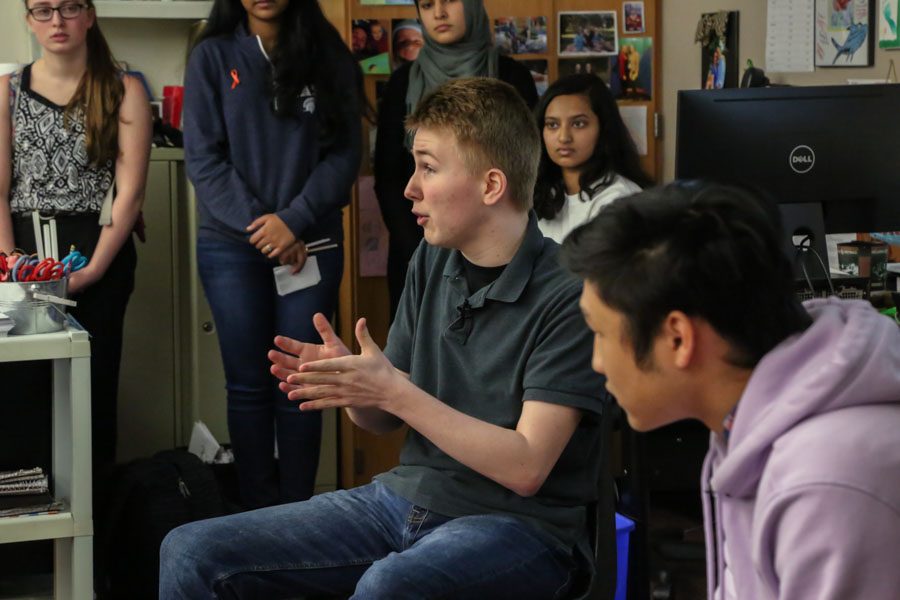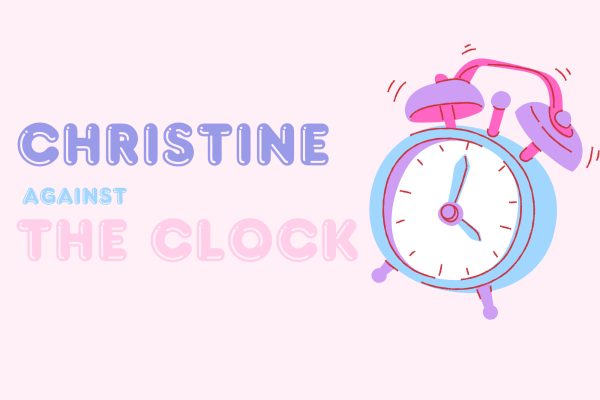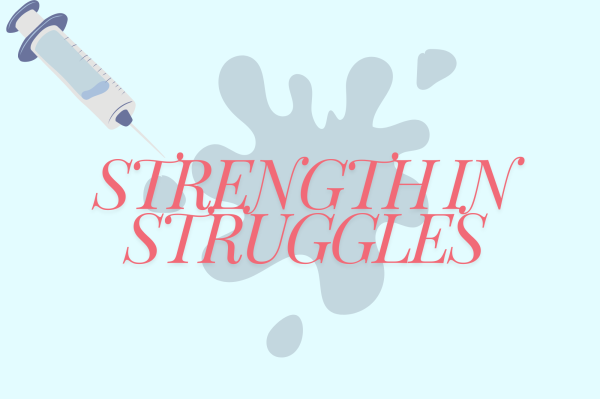Opinion: common sense gun reform is needed
On Saturday, several Redhawks represented campus at the 5A District 10 UIL Academic Meet. Several students on campus qualified to compete at the Regional tournament at UT Arlington.
Columbine began a national conversation over mass shootings that has echoed for nearly two decades. The conversations it sparked ranged in topics including mental health, violent video games, bullying, and, of course, the common denominator whose potent controversiality has ranked it one of the most contentious political topics in modern America: guns. Those born in the aftermath of the 1999 shooting, which claimed the lives of 13 people, are the high school juniors and seniors of today. Their upbringings have been marked by infamous lockdown drills, and the ceaseless onslaught of school shootings in the years since has reaffirmed the necessity of these precautions.
For a generation that is so accustomed to news banners reading the death tolls of other students, it almost seems that this desensitization would be inevitable. When the death of 20 young children at the hands of a mentally ill shooter with an AR-15-style rifle at Sandy Hook yielded no policy change in Congress, that inaction stood as a testament to the horror that many are willing to endure in favor of what they see as their rights. Indeed, these developments tend to render a sense of powerlessness into those crying out for change.
All the vigils, marches, memorials, and turbulent outrage have yielded little to no federal action — the Centers for Disease Control are still barred from even researching gun violence due to legislation that was lobbied by the National Rifle Association. The Federal Assault Weapons Ban passed in 1994, whose relatively lax restrictions still likely reduced a notable portion of gun violence, expired in 2004 and hasn’t been renewed since.
Even after the Las Vegas shooting last year killed 58 people and injured over 800, Congress failed to pass even the most feeble restrictions on bump stock accessories. Background checks continue to falter despite suspicious activity of shooters, all while the Trump administration proposes a budget that cuts funding for the background check system. While activists like Moms Demand Action have organized locally in past years and seen glimmers of success, the Republican stranglehold on governorships and state legislatures across the country severely limits their opportunities for progress.
Some critics of gun reform legislation have cast presumptuous accusations at young people who speak up about this issue. They arrogantly call us naive. They are skeptical of the impact of good public policy by saying that criminals will not abide by the law — an assumption that has been proven overwhelmingly wrong. They insist that more guns, not less, are the solution — including proposing ridiculous measures like arming teachers with guns that create more problems than they solve.
However, these ideas fail to consider that on the world stage, the United States is astonishingly unique in its sky-high death-by-gun rate. As the Guardian reports, the United States — boasting some of the loosest gun laws in the developed world — has over 21 times as many deaths per capita as Australia, which imposed a number of rigorous limitations on gun ownership starting in the 1990s. Despite Americans being only around 5 percent of the global population, 42 percent of all civilian-owned guns in the world belong to Americans. This begs the question: if the quantity of guns make us safer, why is the United States second-to-none in the developed world when it comes to gun death rates?
There is a clear correlation between politicians whose campaigns are aided by funds from the National Rifle Association and those politicians’ support for laws that weaken restrictions on access to high-capacity firearms. These contributions are forms of legal bribery, and the politicians who receive this hush money are collaborators in the engine of greed that is aiding and abetting the proliferation of mass shootings in America. Here is the list of some of the most entrenched politicians with the N.R.A.. A more comprehensive list can be found on www.opensecrets.org.
This operation goes beyond just money, though. The N.R.A. may be a front for weapons manufacturers to expand Americans’ obsession with guns, but it is the also the grassroots force behind this longtime cultural phenomenon that has ingrained guns deep into the ideal of traditional Americanism. Thus, the N.R.A. is unlike other interest groups. Powered by a seemingly endless stream of money, they are fueled by an army of millions of gun owners who have been convinced that nothing short of America’s very existence is at stake. However, make no mistake: these N.R.A. supporters and their weaponized mindset of paranoia represent the truly naive side of the gun debate. The N.R.A. stands as a monument that symbolizes our collective inaction. It’s an organization whose fringe ideology holds more sway over our elected officials than the overwhelming majority of Americans who support common-sense gun reform. The general conclusion is clear: the older generations who hold the reins of power have failed on this issue. Their stubborn desire to put an irrational fear of government overreach over the lives of students, teachers, and other innocent people is a recklessly irresponsible mindset.
Contrastly, those who are just now entering adulthood have simply had enough. Perhaps more than anyone else, students live this fear. We see the videos and understand that this could be us. Through their words and actions, the survivors of the Parkland, Florida shooting have ensured that the pain and suffering inflicted against their classmates and community will not dissolve quietly from the news cycle.
In a fiery speech at a gathering of protestors, Parkland survivor Emma Gonzales said, “If all our government and president can do is send ‘thoughts and prayers’, then it’s time for victims to be the change that we need to seek.” Survivor Alfonso Calderon said, “Nikolas Cruz, the shooter at my school, was reported to the police thirty-nine times. We have to vote people out who have been paid for by the N.R.A. They’re making it easier for people like Nick Cruz to acquire an AR-15.” On the same topic, Parkland survivor and student journalist David Hogg said, “If you can’t get elected without taking money from child murderers, why are you running?” As we now know, in the days following the events that unfolded in Parkland, these students formed the March For Our Lives movement to encapsulate student activism.
To end with, I want to be clear: I recognize that both sides are passionate about this issue. Further, both sides are wrong about some things (and it’s okay to admit that). However, in a debate that has become so polarized, there is a clear, rational, and necessary path forward. It’s not about taking guns away or repealing portions of the Constitution. It’s about implementing policies ranging from universal background checks, magazine capacity restrictions, and red flag laws (which really do work). It’s about making enforcement easier and cracking down on illegal gun sales. It’s about overcoming the influence of special interests to let the marketplace of ideas allow the truth to prevail — and through that competition, I know it will be clear that gun reform is the necessary way forward.
Wingspan is trying to get an opposing viewpoint from junior Chris Yu. When and if Wingspan gets this, it will be posted beside this opinion.

Parker Butler is a senior and host of Wingspan’s Politics with Parker podcast. He likes sleeping, dogs, watching Netflix, and sometimes even occasionally...








